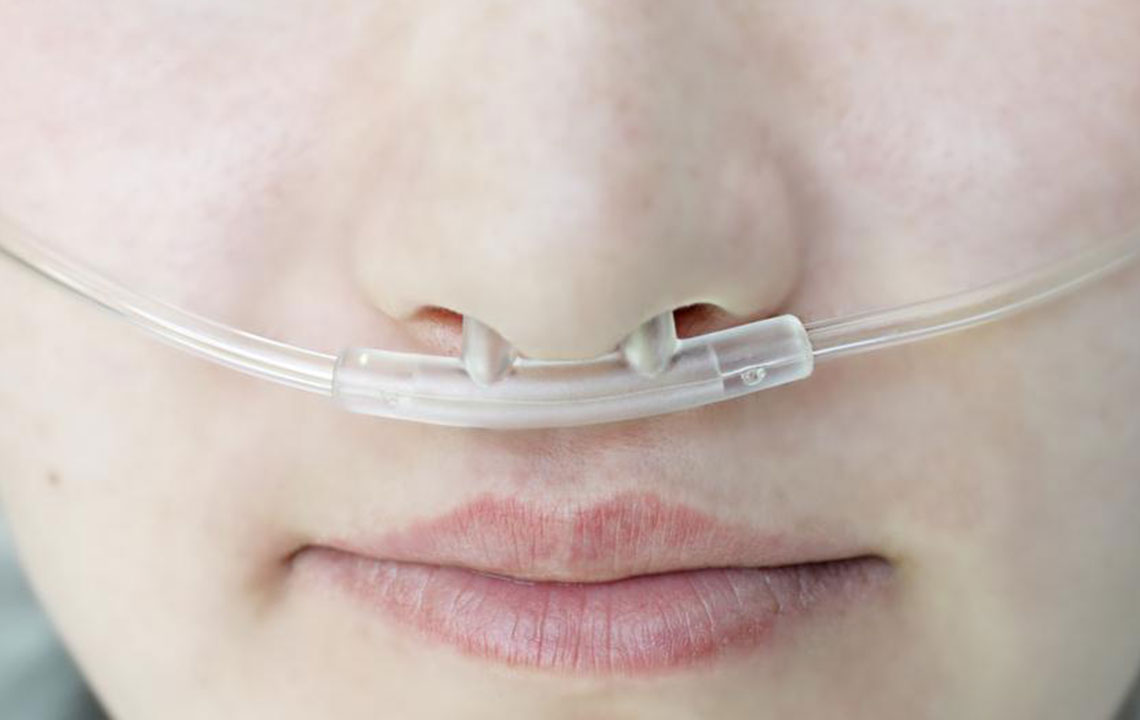Understanding Pulmonary Fibrosis: Causes and Treatment Options
Pulmonary fibrosis is a serious lung disease involving tissue scarring that hinders breathing. Early diagnosis, supportive therapies like oxygen, and potential options such as lung transplants can help manage symptoms and improve quality of life. Understanding its causes, symptoms, and treatments is vital for effective management and better outcomes.

Understanding Pulmonary Fibrosis: Causes and Treatment Options
Pulmonary fibrosis is a long-term lung condition characterized by scarring of the tissue within and around the alveoli. This scarring makes the lung tissue thick and rigid, impeding the transfer of oxygen into the bloodstream. Over time, the damage becomes irreversible. Pulmonary fibrosis falls under the broader category of Interstitial Lung Disease (ILD), which involves lung tissue scarring. The average survival time post-diagnosis is around 3 to 5 years, but early diagnosis and appropriate therapy can slow disease progression.
Key Symptoms
Symptoms severity ranges from mild to very severe, depending on the stage of fibrosis. Common signs include:
Persistent breathlessness, especially during physical activity
Chronic dry cough
Fatigue and general weakness
Chest pain or discomfort
Loss of appetite
Joint and muscle pain
In some cases, fingers or toes may become clubbed due to blood oxygen deficiency
Idiopathic Pulmonary Fibrosis
Sometimes, the precise cause remains unknown, leading to idiopathic pulmonary fibrosis, where the disease emerges spontaneously without identifiable reasons.
Causes of Pulmonary Fibrosis
Known causes include:
Autoimmune Disorders: Conditions like rheumatoid arthritis and scleroderma can lead to immune system attacks on lung tissue, resulting in inflammation and scarring.
Environmental Exposures: Inhalation of harmful substances such as silica, asbestos fibers, or occupational dust can damage the lungs.
Genetics: About 10-15% of cases are familial, where genetic factors predispose individuals to the disease.
Gastroesophageal Reflux Disease (GERD): Acid reflux can cause inhalation of stomach acid, damaging lung tissue over time.
Treatment Approaches
Currently, there is no cure for pulmonary fibrosis, but treatments aim to relieve symptoms and slow progression. Notable therapies include:
Oxygen Therapy: Supplemental oxygen helps improve breathing and energy levels for patients with low blood oxygen.
Lung Transplant: Suitable for carefully selected patients, this option provides a potential cure but involves surgical and post-operative considerations.
Pulmonary Rehabilitation: Programs focusing on education, breathing techniques, exercises, and emotional support assist patients in managing their condition effectively.
Living with Pulmonary Fibrosis
Patients can enhance their quality of life by engaging in regular exercise, maintaining a balanced diet, and seeking emotional support from loved ones or support groups. The prognosis varies based on age, overall health, lifestyle, and disease severity at diagnosis.










